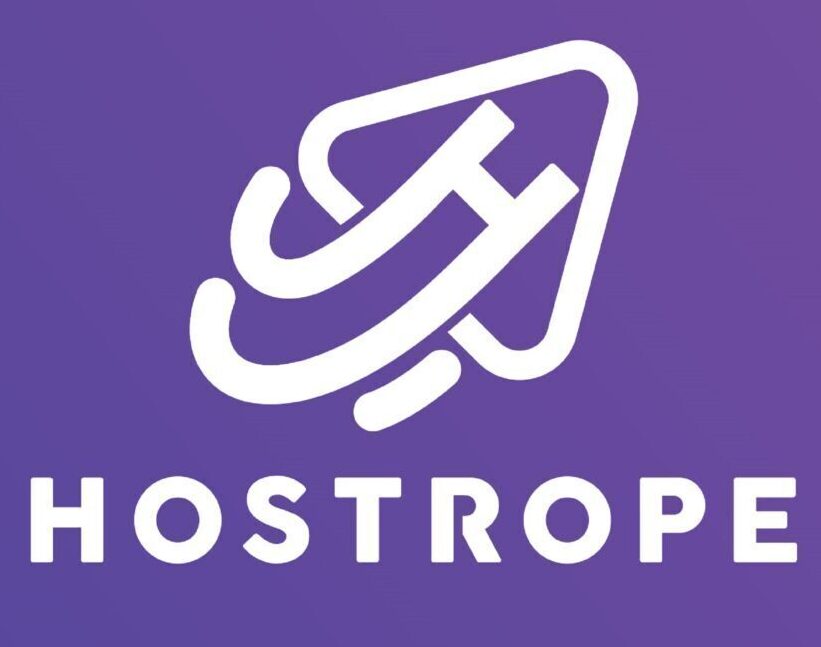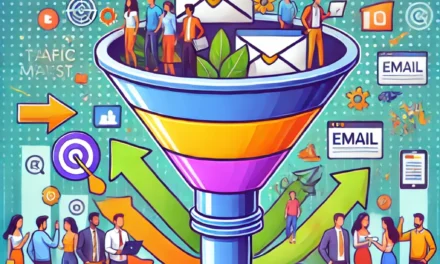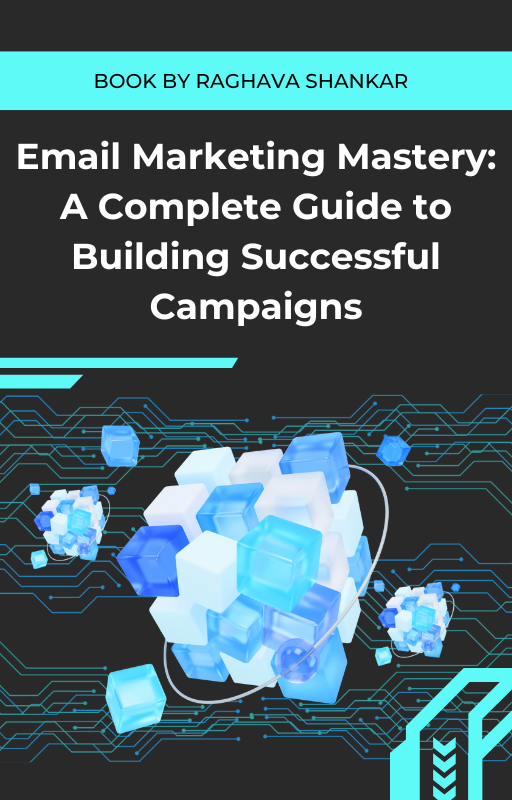Introduction: In the realm of digital marketing, where new strategies and technologies emerge constantly, email marketing remains a tried-and-true method for businesses to reach and engage with their target audience. In the B2B (business-to-business) landscape, email marketing plays a crucial role in generating leads, nurturing relationships, and driving conversions.
In this comprehensive guide, we will explore everything you need to know about B2B email marketing, including strategies, tips, best practices, and examples to help you create successful email campaigns that deliver results.
Table of Contents:
- What is B2B Email Marketing?
- Why is B2B Email Marketing Important?
- Setting Goals for Your B2B Email Marketing Campaigns
- Understanding Your B2B Email Audience
- Building Your B2B Email List
- Segmentation and Personalization in B2B Email Marketing
- Crafting Compelling B2B Email Content
- Designing Your B2B Email Templates
- Optimizing B2B Email Campaigns for Mobile
- A/B Testing and Analytics for B2B Email Marketing
- B2B Email Marketing Best Practices
- B2B Email Marketing Examples
- Conclusion
1. What is B2B Email Marketing?
B2B email marketing involves using email to communicate and engage with other businesses, rather than individual consumers. It is a cost-effective and direct way for businesses to reach decision-makers, generate leads, nurture relationships, and drive conversions.
2. Why is B2B Email Marketing Important?
- B2B email marketing allows you to reach a targeted audience of decision-makers and influencers within businesses.
- It is a cost-effective way to communicate and engage with potential clients and leads.
- B2B email marketing helps you build and nurture relationships with your target audience over time.
- It allows you to deliver personalized and relevant content to your audience, driving engagement and conversions.
3. Setting Goals for Your B2B Email Marketing Campaigns
Before launching a B2B email marketing campaign, it is essential to define your goals. Common goals for B2B email marketing campaigns include:
- Generating leads
- Nurturing leads through the sales funnel
- Driving website traffic
- Increasing brand awareness
- Promoting products or services
- Encouraging customer loyalty and repeat business
4. Understanding Your B2B Email Audience
To create successful B2B email marketing campaigns, you need to understand your target audience. This includes:
- Identifying the decision-makers and influencers within your target businesses
- Understanding their pain points, challenges, and needs
- Tailoring your messaging and content to address the specific needs of your audience
- Using data and analytics to segment your audience and deliver personalized content
5. Building Your B2B Email List
Building a quality email list is essential for B2B email marketing success. Here are some strategies for building your B2B email list:
- Offer valuable content, such as whitepapers, eBooks, or industry reports, in exchange for email sign-ups
- Use gated content on your website to capture email addresses
- Leverage social media and other digital channels to promote your email newsletter and encourage sign-ups
- Attend industry events and trade shows to collect email addresses in person
6. Segmentation and Personalization in B2B Email Marketing
Segmentation and personalization are key to the success of B2B email marketing campaigns. By segmenting your email list based on factors such as industry, company size, or past interactions, you can deliver more targeted and relevant content to your audience. Personalization involves using dynamic content to tailor your emails to the individual recipient, increasing engagement and conversions.
7. Crafting Compelling B2B Email Content
The success of your B2B email marketing campaigns depends on the quality of your content. Here are some tips for crafting compelling B2B email content:
- Keep your emails concise and to the point
- Use a clear and compelling subject line to grab the recipient’s attention
- Provide valuable and relevant content that addresses the needs and pain points of your audience
- Use a conversational tone and personalize your emails to the individual recipient
8. Designing Your B2B Email Templates
The design of your B2B email templates plays a crucial role in the success of your email campaigns. Here are some best practices for designing B2B email templates:
- Use a clean and professional design that reflects your brand identity
- Include your company logo and branding elements
- Use clear and compelling calls-to-action (CTAs) to encourage recipients to take action
- Ensure your emails are mobile-responsive and display correctly on all devices
9. Optimizing B2B Email Campaigns for Mobile
A significant percentage of B2B emails are opened on mobile devices, so it is essential to optimize your email campaigns for mobile. Here are some tips for optimizing your B2B email campaigns for mobile:
- Use a single-column layout for easy reading on small screens
- Use large fonts and clear calls-to-action (CTAs) that are easy to tap on touchscreen devices
- Test your emails on different devices and email clients to ensure they display correctly
10. A/B Testing and Analytics for B2B Email Marketing
A/B testing and analytics are essential for optimizing your B2B email marketing campaigns. By testing different elements of your emails, such as subject lines, CTAs, and content, you can identify what resonates best with your audience and improve your email performance over time. Key metrics to track include open rates, click-through rates, conversion rates, and ROI.
11. B2B Email Marketing Best Practices
To create successful B2B email marketing campaigns, it is essential to follow best practices. Here are some best practices for B2B email marketing:
- Segment your email list based on factors such as industry, company size, or past interactions
- Personalize your emails to the individual recipient using dynamic content
- Use clear and compelling subject lines to grab the recipient’s attention
- Provide valuable and relevant content that addresses the needs and pain points of your audience
- Use a clean and professional design for your email templates
- Optimize your email campaigns for mobile
- Test different elements of your emails and analyze the results to optimize your campaigns over time
12. B2B Email Marketing Examples
To inspire your B2B email marketing campaigns, here are some examples of successful B2B email marketing:
- Welcome emails: Welcome new subscribers to your email list and introduce them to your brand and products or services
- Product or service announcements: Notify your email subscribers about new products or services and how they can benefit from them
- Educational content: Provide valuable content, such as blog posts, case studies, or industry reports, that educates your audience and helps them solve their problems
- Promotional emails: Offer special promotions, discounts, or incentives to encourage your email subscribers to make a purchase or take another desired action
- Re-engagement campaigns: Reach out to inactive subscribers to re-engage them with your brand and encourage them to become active again
13. Conclusion
B2B email marketing is a powerful tool for businesses to reach and engage with their target audience. By following the strategies, tips, and best practices outlined in this guide, you can create successful B2B email marketing campaigns that drive results for your business. Remember to set clear goals, understand your audience, create compelling content, and continually test and optimize your campaigns to achieve maximum success.











